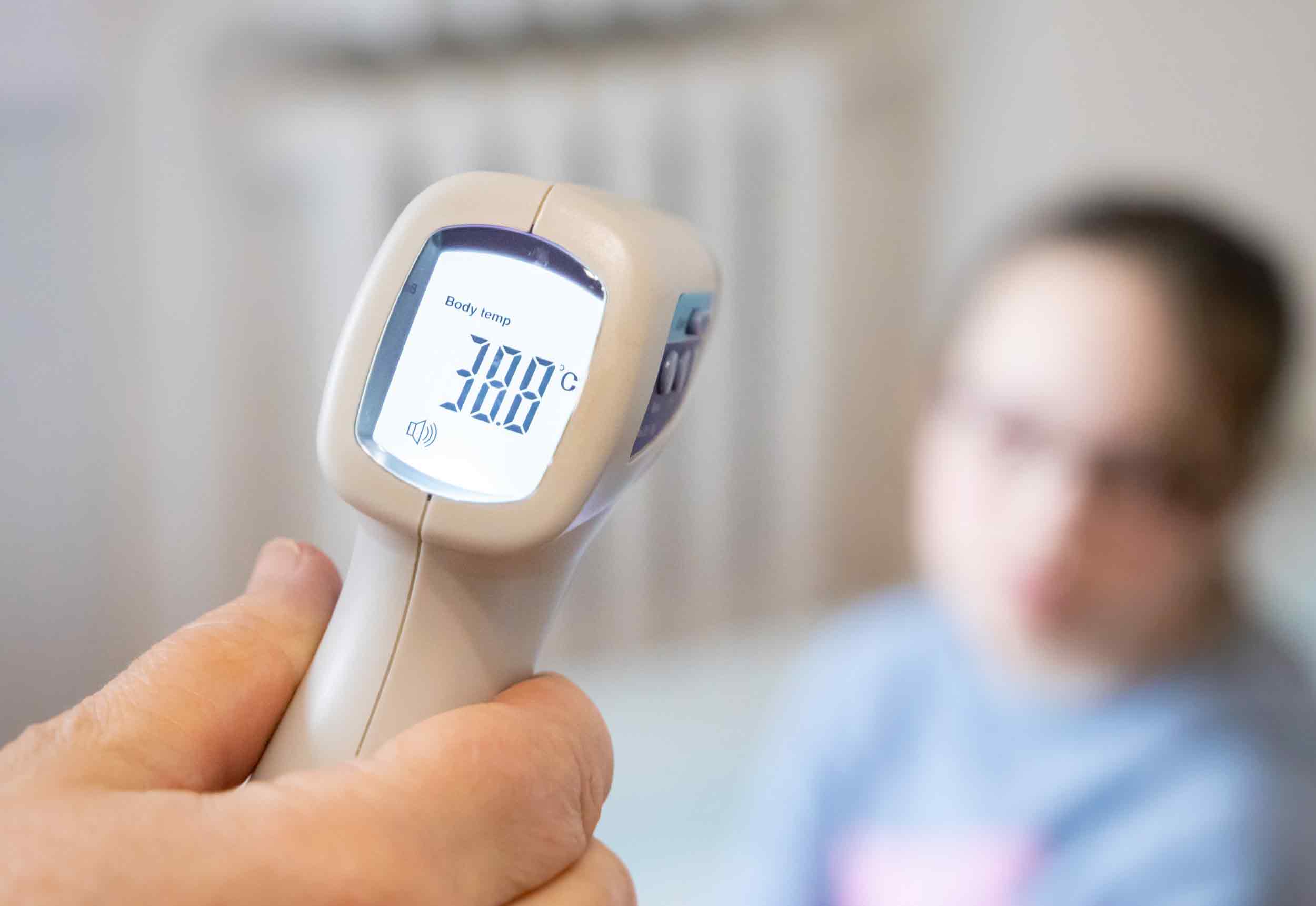
COVID-19 in Summer: Why Cases Are Rising in Ukraine and How to Protect Yourself Without Panic
Between August 11 and 18, Ukraine reported 3,540 new COVID-19 cases. That’s three times more than the previous week. At the same time, overall infection rates in August 2025 remain much lower than they were last summer the total number of cases is several times smaller. Hospitals are also seeing a moderate number of admissions no signs of system overload.
At first glance, a summer spike in cases may seem illogical. But for the medical community, this pattern is a well-known seasonal scenario with clear causes. This is not a new pandemic wave it’s a case of familiar viral behavior combined with specific patterns of human activity during summer months.
Why Infections Rise in Summer
1. Poorly Ventilated Spaces with Air Conditioning
In hot weather, people rarely open windows and often stay indoors with air conditioning. That leads to stagnant indoor air, which allows viral particles to accumulate and linger. In such environments, even one infected person can spread the virus to several others in a short time.
Air conditioning cools the space, but it doesn’t replace fresh air. That doesn’t mean air conditioners should be avoided but without ventilation, any room becomes a containment zone for infection.
2. Crowded Trains, Buses, Flights, and Festivals
Summer means vacations, travel, mass events. People frequently find themselves in close contact especially in transit and crowded areas. Even at outdoor events, if people are packed tightly together, the virus can still spread through aerosols.
In large crowds, social distancing becomes meaningless. When people talk, sing, or breathe heavily, the amount of virus-containing droplets increases.
3. Waning Immunity After Winter
Those who were infected during the winter or received a vaccine last fall now have declining immune protection. After 4-6 months, antibody levels drop significantly. By summer, a new pool of vulnerable individuals emerges, giving the virus more opportunities to spread.
This is a natural process for any respiratory infection but it’s especially relevant in the context of circulating new variants and seasonal shifts in human behavior.
Medical Analysis: What Actually Works
1. Vaccination Every 6-12 Months for At-Risk Groups
Immunity doesn’t last forever. People with chronic conditions, those over 60, healthcare workers, and pregnant women should update their vaccinations at least once a year or every six months if they are high-risk. While vaccines may not fully prevent infection, they significantly reduce the likelihood of complications or hospitalization.
As of 2025, updated vaccines adapted to circulating variants are available.
Post List
2. Fresh Air Matters More Than Hand Sanitizer
The priority isn’t disinfecting surfaces it’s ensuring clean, circulating air. Ventilate rooms several times a day, even in hot weather. Use exhaust fans or open doors if possible. In vehicles, crack a window when you can. The virus struggles to survive in well-ventilated airflows.
In enclosed spaces, fresh air is far more protective than any antiseptic.
3. Masks in Crowds Occasional but Sensible
Wearing a mask all the time isn’t necessary. But in crowded metro cars, packed buses, or airport queues, a mask can reduce your exposure. This is especially relevant for people with existing health conditions.
It’s not a cure-all, but it’s a smart precaution in the right place at the right time.
4. Timely Diagnosis and Self-Isolation
If you develop symptoms sore throat, fever, fatigue, loss of smell, or hoarseness see a doctor or stay home for a few days. Especially if you’ve had contact with someone who is ill. Even without a test, the key is to avoid spreading the virus to others, especially the elderly or immunocompromised.
What to Do Now: Recommendations from an Infectious Disease Specialist
- Ventilate any space where you spend more than 15 minutes.
- Don’t ignore symptoms isolate and consult your doctor.
- Avoid public events if you feel unwell.
- Update your vaccination if it’s been more than six months.
- If you’re in a high-risk group, avoid packed crowds.
- Stay calm but take your health and others’ seriously.
A summer rise in COVID-19 cases isn’t an anomaly it’s an expected pattern, driven by behavior and seasonal factors. It’s not cause for panic, but it is a clear signal discipline and adaptation matter. This is not 2020. We have tools, knowledge, and experience. The only question is: will we use them? And in that the answer doesn’t just lie with the health ministry or doctors. It lies with every one of us.













